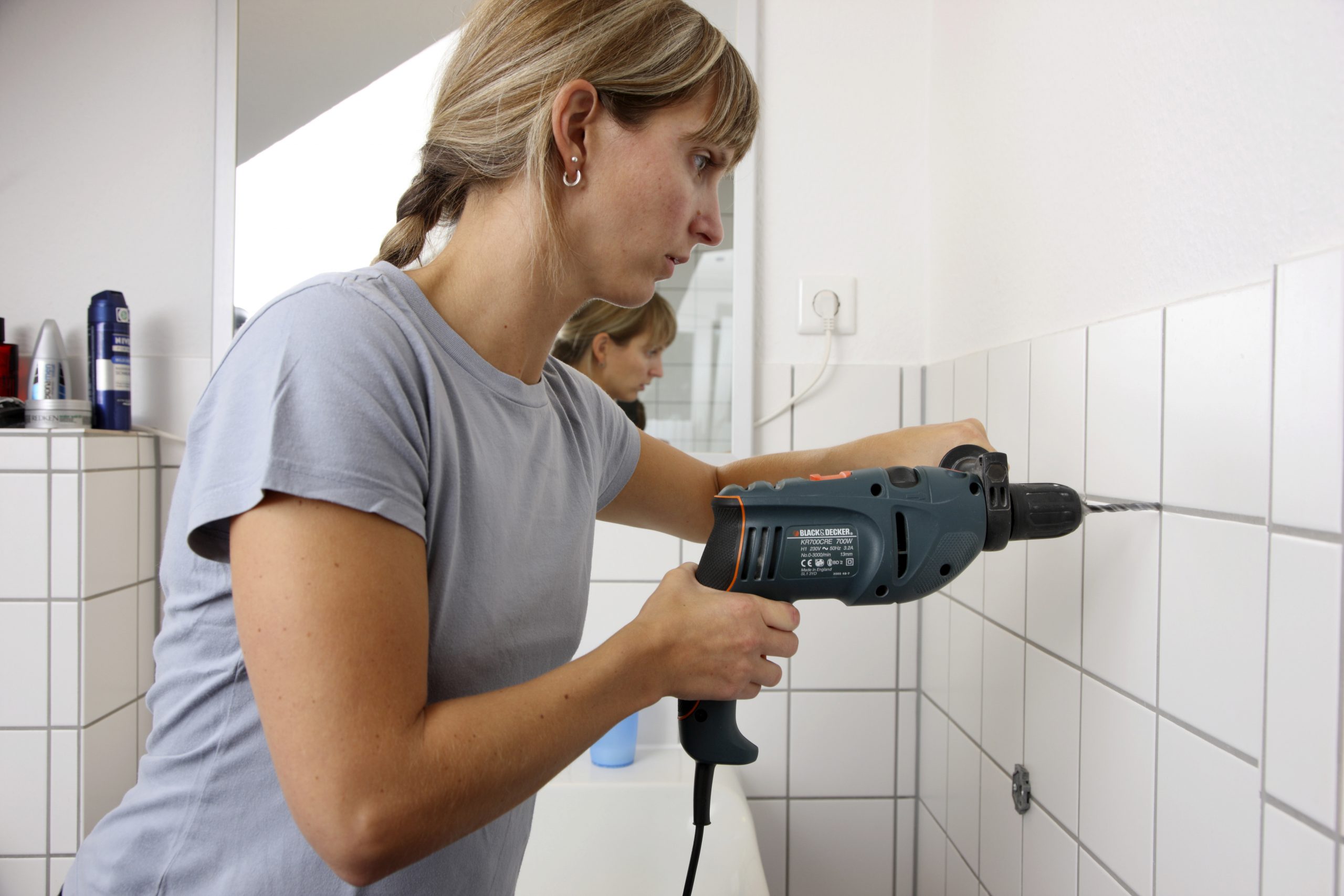
Renovating your home can be a good strategy to improve its value, if you have made the right choices when you purchased.
Any upgrade will offer its most significant value the moment it is finished. So, if you’re thinking of moving up the property ladder in the next five years, it’s probably best to start a project six months before you put your home on the market.
Two rooms that are high-value renovation targets are the bathroom and kitchen.
But don’t begin either project until you’re satisfied that critical maintenance tasks have been carried out to ensure the property’s structural integrity.
Arguably, the bathroom is the most complex renovation. It requires a broader range of trade skills, especially if you’re gutting the room back to its external walls and floor base.
This checklist will help you work out a timeline for your project:
Designer
A designer can be of assistance if you are looking to install a high-end renovation, or when you’re unhappy with the current layout and need help to reorganise the room. They will advise you on materials, costs and contractor selection.
Builder or handyman
You will need someone to demolish the current bathroom and drill out floor tiles. In a rip-and-replace project, this tradie will leave the room bare so that your plumber can get to work. Later, they’ll be back to put up gyprock walls and prepare the room for the tiler.
Plumber
If you are thinking about ripping out the entire bathroom, this offers an opportunity to reorganise the position of your shower, vanity, and bath with your plumber. Be aware that it costs extra if you start moving pipes and outlets around the room. Conventional thinking says the largest items, such as the shower, should be furthest from the entry.
Electrician
Make sure your electrician is involved from the start of the project, because it’s almost impossible to do wiring work once the wall tiles have been installed. The electrician will take care of any new lights, powerpoints and a heated towel rail. Get the electrician in after the demolition phase to install any new wiring and move anything that needs relocating. Then, when the tiler is working, they will leave gaps for where the electrical outlets need to be so the electrician can return at the end of the project to attach the fixtures and fittings.
Tiler
You can’t beat experience when it comes to tiling. Tilers are responsible for setting a new floor to ensure water will drain efficiently into the waste traps. And you don’t want pools of water gathering because tiles expand due to moisture exposure and will eventually pop up. This is a precision job often best left to the experts.
Waterproofer
Usually, the tiler will undertake this job immediately before tiling. It must be done correctly and with the best materials. Leaks through the walls and floor will almost certainly undermine the integrity of the home support frames. Fixing such problems can also be super-expensive.
Plumber or builder
Separately, you need to decide who will install the bathroom fixtures, mirrors and towel rails. At the quote stage, ask your potential contractors to include this in their pricing. Some plumbers don’t offer this service.
Shower installer
These days, you should be spending a little extra on all-glass shower screens. The installer will measure up after the tiles have been laid to ensure the glass is cut with pinpoint accuracy. You would typically organise this with your retailer.
